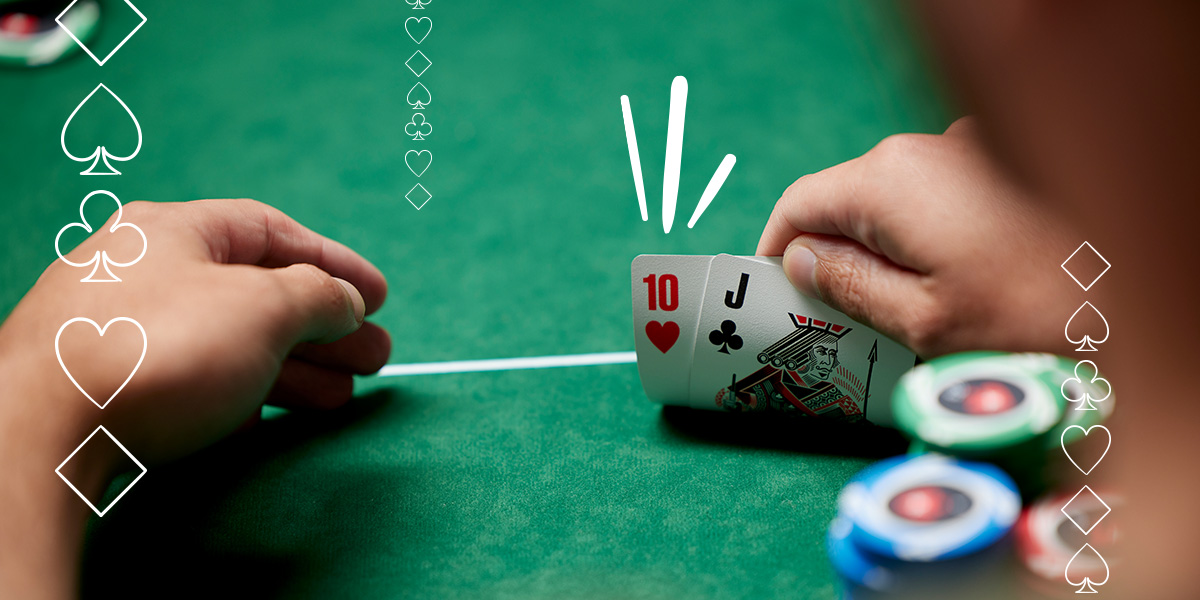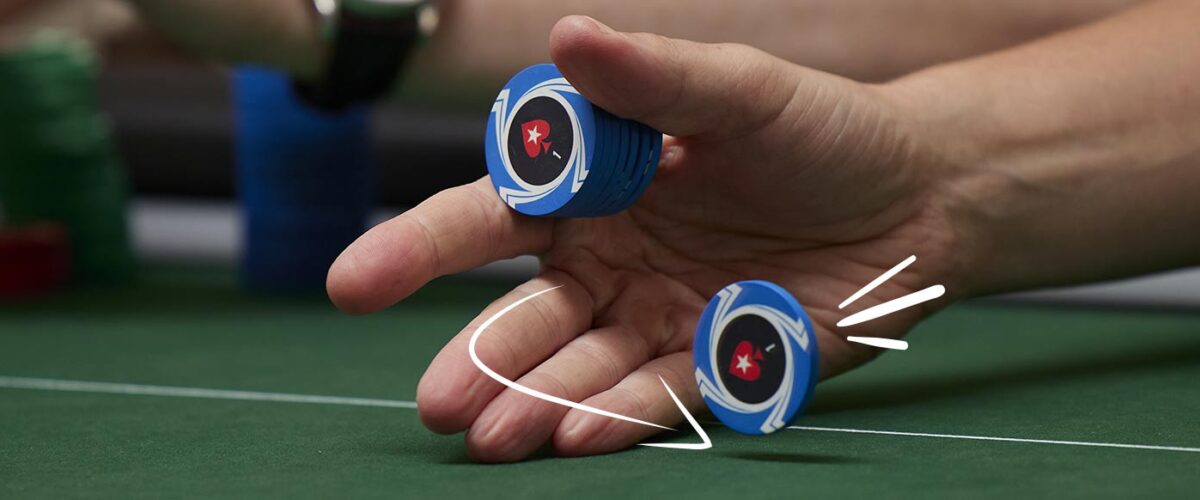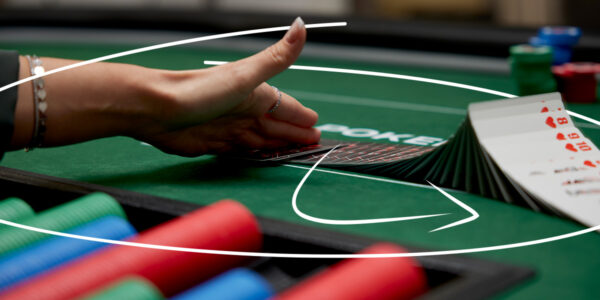The continuation bet in poker: Your guide to c-betting
What is a continuation bet in poker?
A continuation bet (or ‘c-bet’) is made when the last preflop aggressor continues their aggressive play by betting again on the flop.
In No Limit Hold’em, the c-bet is one of the most effective strategies for winning pots quickly. This is because your opponent will find it harder to continue in the hand if they have not connected to the flop somehow.
Your hand, however, needn’t have connected to c-bet. It can be done as either a bluff or to get value and continue building the pot when you have a strong hand.
This means that c-betting at a high frequency is a solid strategy. However, it’s also a balancing act. C-bet too much and observant opponents could begin to punish you.
Knowing when to c-bet and when to check involves an understanding of your hand, how it connects with the flop and what your opponent is likely to be holding.

Continuation bet – strong hands
C-betting for value is more logical than bluffing. In general, when you make a good hand – for example, top pair or better – you should go ahead and continue betting. When you have a strong hand it’s crucial to build the pot up as much as you can so you can obtain the maximum value.
There is an argument for checking instead and allowing your opponent to bluff, but the dangers of your opponent checking behind means it is rarely going to be the best option unless there are exceptional circumstances – such as your opponent being a complete maniac!
Continuation bet – medium-strength hands
Knowing when to c-bet with a medium-strength hand is more complicated. If you raise preflop with T-8, one player calls on the button and the flop is Q-8-2 – you have middle pair with a weak kicker and a decision to make.
When you bet in this spot, the majority of hands that will call you will also be beating you – hands like top pair, middle pair with a better kicker, or a medium pocket pair like nines or tens.
There are hands that you beat, of course, such as low pocket pairs and ace-x that has completely missed. These hands should fold.

But there are also hands like J-T, 9-T and J-9 that are unlikely to fold to a single bet.
In this case, it might be best to check your mid-strength hand and hope that it either gets checked behind (in this case you are probably ahead) or induces a bluff from your opponent. Your hand is good enough to call a bet if that’s the case, and then you can re-evaluate what to do on the turn and river if you face more action.
C-betting as a bluff
When you miss the flop completely, you should look to continuation bet regardless most of the time. Online poker pros advise that you c-bet approximately 65-70% of flops and the reason for this is that these bluffs have a high success rate.
By raising preflop you are representing that you have a hand with high cards in it – aces, kings and queens mainly – so flops that involve one of those cards are perfect to bluff, as you appear to be c-betting for value.
On the other hand, there are types of flops that you generally should avoid bluffing on: very coordinated flops, such as 9-8-7 rainbow or K-9-7 all of the same suit, or flops which you suspect have hit your opponent hard. In a lot of cases, there will be a crossover between the two.
Always think about what your opponent could have when they call a raise preflop. A common hand to have in that situation is something like suited connectors (eg. 7♦ 6♦ ) or middling hands (eg. A♣ J♠ , Q♥ J♣ , J♦ 10♥ ). So, when the flop involves one or more of these cards it’s probably best not to bluff.
When to C-Bet Frequently
C-betting frequently means c-betting all of your range or a very large part of it. We might also use the word ‘unselective’ to refer to a c-bet strategy that involves a lot of betting without much scrutiny on how strong your actual hand happens to be.
We typically want to c-bet frequently when our range has a large equity advantage over our opponent’s range.
The main spots where we usually have this aggressor’s range advantage are:
- Playing as the raiser in a single-raised pot against a big blind call.
- Playing as the 3-bettor in a 3-bet pot.
- Playing as the 4-bettor in a 4-bet pot.
In all of these situations, note that our opponent’s range is capped. In other words, there is a limit to how strong their holdings could be. They would have 3-bet the big blind with premium hands in the first case; 4-bet many of their best hands in the second case; and shoved all-in (assuming 100BB starting stacks) in the third case.
Meanwhile, our range is uncapped since we can still have the best pre-flop hands in all three cases.
View Other Blogs




















